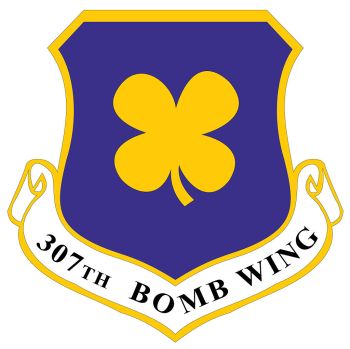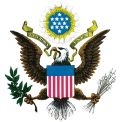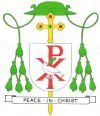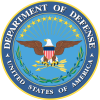307th Bomb Wing, US Air Force
307TH BOMB WING, US AIR FORCE
History: Established as 307 Bombardment Wing, Very Heavy, on 28 July 1947. Organized on 15 August 1947. Redesignated as 307 Bombardment Wing, Medium, on 28 May 1948. Discontinued and inactivated on 25 March 1965. Redesignated as 307 Strategic Wing on 21 January 1970. Activated on 1 April 1970. Inactivated on 30 September 1975. Redesignated as 307 Bomb Wing on 8 December 2010. Activated on 1 January 2011. On 15 August 1947, the 307 Bombardment Wing replaced the 94 Combat Bombardment Wing Provisional, 1 Combat Airdrome Group (Provisional); 326 AAF Base Unit and 330 Air Service Group as part of an Air Force-wide service test of a new wing-base plan at MacDill Field, FL. It also controlled Grenier Field, NH and Avon Park Army Air Field, FL. Beginning in September 1947, the wing trained other Strategic Air Command units in antisubmarine warfare operations. Between February 1949 and August 1950 it also operated a B-29 transition training school and combat crew standardization training for SAC units. On 1 September 1950 the 306 Bombardment Wing activated at MacDill AFB, FL and the 307 Wing’s mission became one of operating the base. It relinquished all of its personnel to man the 6 Air Division and transferred to Kadena AB, Okinawa without personnel and equipment on 10 February 1951. At Kadena, the Wing absorbed the resources of the 307 Bombardment Group and assumed a combat role in Korea. From February 1950 through July 1953, the Wing performed day attacks against bridges, troop concentrations, airfields, supply dumps, rail yards, lines of communication, and night attacks against enemy front-line positions and industrial targets. When hostilities ended in a truce, the wing remained in the Far East until late 1954, constantly training to maintain combat readiness. During this period, it flew missions to Korea, Japan, Formosa, and the Philippines for joint maneuvers and operations with air defense and naval forces. Crews began to arrive at Lincoln AFB, NE in March 1955. The wing trained intensively until combat ready in April 1956. From then until January 1956, the wing performed routine bombardment training operations, including a deployment to England in 1956. It won the Fairchild Trophy in October 1959 during the SAC bombing competition. Activated in Thailand in April 1970, the wing replaced and absorbed the resources of the 4258 Strategic Wing. Over the next five years, it was the only regular Air Force SAC wing in Southeast Asia. Tanker and bomber aircraft were furnished on temporary duty by other SAC wings. Its mission consisted of conventional bombing operations and aerial refueling of US aircraft. Splitting its assets between Air Division Provisional, 17 and Strategic Wing Provisional, 310, the latter assumed control over all KC-135 assets in SEA in June 1972. Two provisional bomb squadrons were attached but neither was manned before combat operations ceased in Vietnam. From late January 1973, the wing flew numerous training missions, and after 14 August 1973 reverted entirely to bombardment training and air refueling operations and training. It was awarded the Omaha Trophy as the best wing in SAC, 1972 and the Air Force Association’s 1972 “David C. Schilling Award” in recognition of its outstanding Linebacker II combat operations. In 1969 and again in 1972, the wing won the “CINCSAC Flying Unit of the Year” awards. The wing B-52 force began dwindling in May 1974, and the final bomber left U-Tapao in June 1975, leaving only KC and RC-135s. For its final nine months, control of the wing passed to 3 Air Division at Anderson AFB, Guam. The wing was gradually reduced in both strength and in the scope of operations in support of the US withdrawal of combat forces from Thailand. Equipped with B-52 aircraft; conducted formal aircrew training and global operational taskings, 2011-. In October 2015, with the addition of the 489 Bombardment Group, assumed a formal B1 training mission element along with combat support operations.
| English | blazon wanted |
Origin/meaning
The Emblem was approved on 23 December 1952, newest rendition approved 10 December 2014 Literature: Wikimedia Commons
US heraldry portal
This page is part of the US heraldry portal |
Heraldry of the World |
|
US heraldry:
|
Ecclesiastical Heraldry of the USA:
Military Heraldry: |
Contact and Support
Partners:
Your logo here ?
Contact us
© since 1995, Heraldry of the World, Ralf Hartemink 
Index of the site















